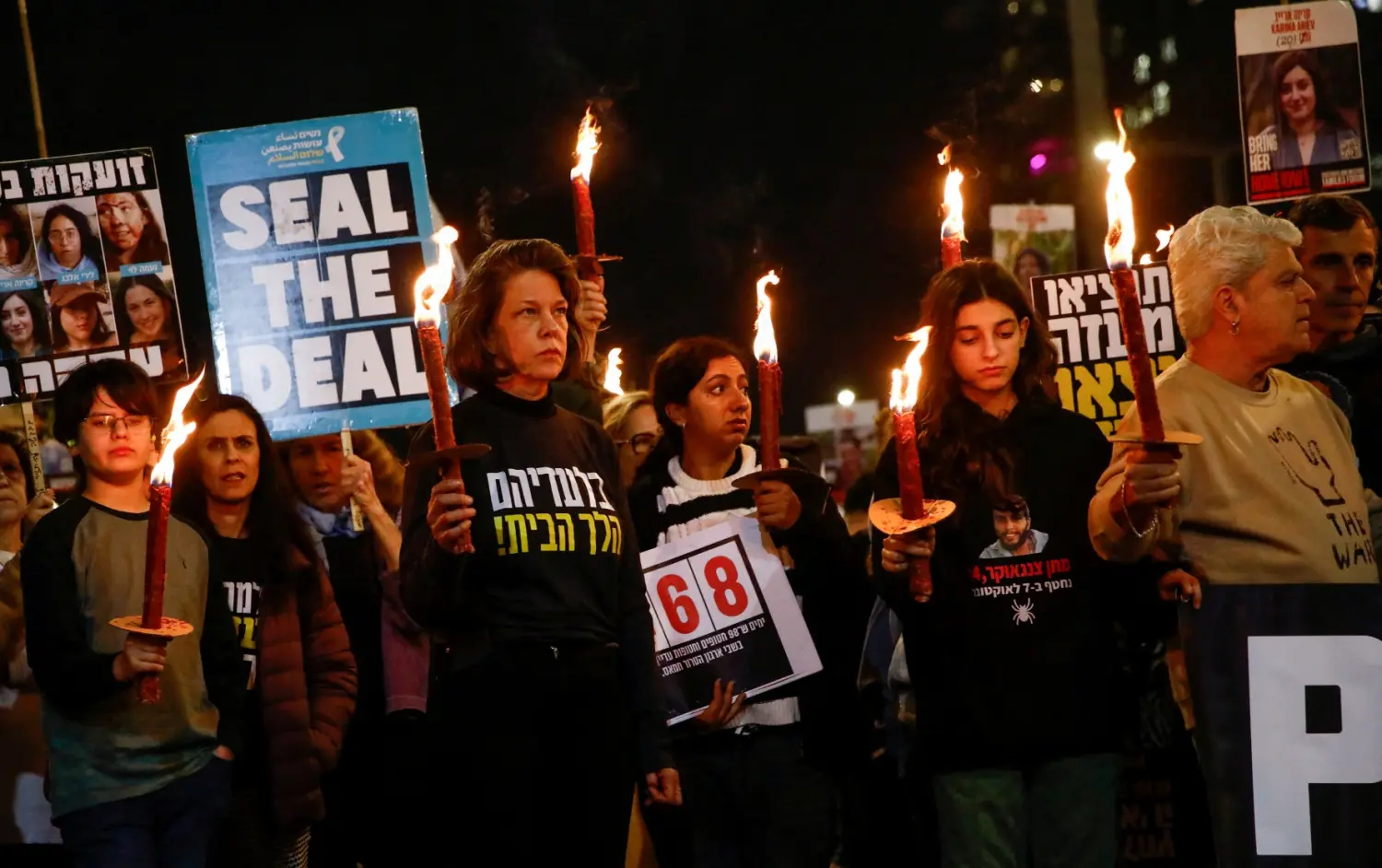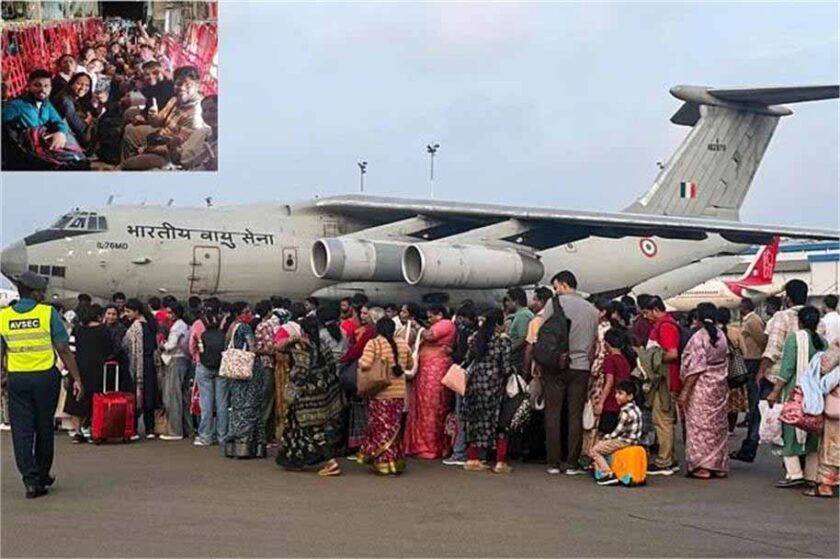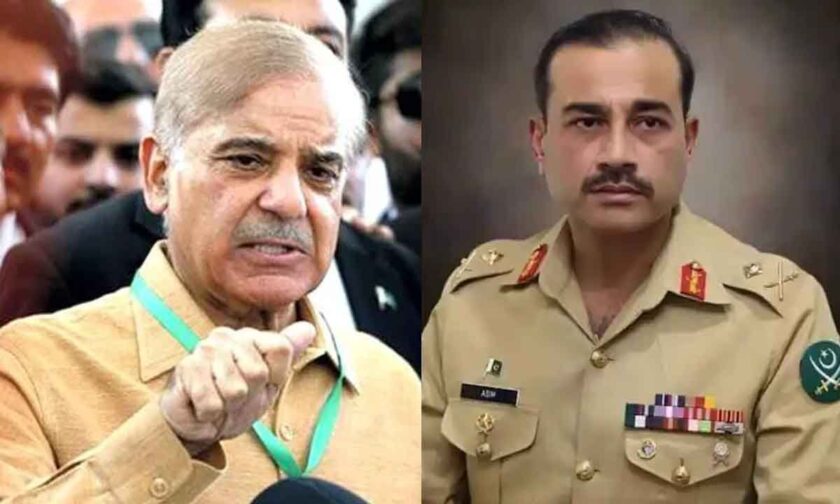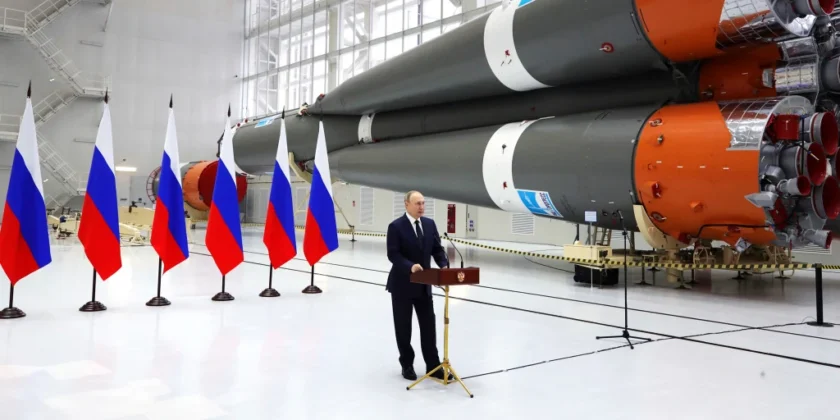Gaza City: Gaza, a land long marred by conflict, violence, and devastation, now stands at a precarious juncture where a faint glimmer of peace is visible amidst lingering smoke and ashes. The recent ceasefire has offered a momentary relief not only to the Middle East but to the world, signaling cautious optimism for a region that has endured decades of strife.
The ceasefire is welcomed as a positive step toward stability, but questions remain: Will it hold, or is it merely a pause before the next confrontation? The ongoing Israel-Hamas conflict displaced over 2.2 million people, pushing them to the brink of starvation. Both sides must fully implement the first phase of the agreement, which includes the release of hostages, continuous humanitarian aid, and partial withdrawal of Israeli forces from Gaza’s main cities. These measures form the foundation for the next round of negotiations—a phase fraught with complex and sensitive challenges.
The durability of peace hinges on multiple unresolved issues: the extent of Israeli withdrawal, Hamas’ governance in Gaza, and the disarmament process. While Hamas insists it will relinquish weapons only once a path to an independent Palestine is secured, Israel remains hesitant. Meanwhile, U.S. diplomatic efforts, led by President Donald Trump, have sought to position the agreement as a milestone for peace in West Asia, urging Israel to negotiate with Iran—a step complicated by Iran’s longstanding hostility toward Israel.
The current situation in Gaza is not the result of a single nation or policy; it stems from decades of mistrust, inequality, and political self-interest. Recent conflicts have brutally highlighted the human cost of war: innocent civilians, women, and children have borne the brunt, with hospitals, schools, and religious sites failing to provide safety. Following the U.S.-mediated ceasefire, Hamas released the remaining 20 Israeli hostages, prompting celebrations in Israel. Yet, the ceasefire remains fragile, with its true test lying ahead.
The most urgent challenge now is the reconstruction of Gaza, devastated by two years of continuous warfare. Effective humanitarian and political strategies are critical for restoring basic necessities—food, water, medicine, education, and dignity—without which peace remains only on paper.

True peace in Gaza requires more than silenced weapons; it demands transformed hearts, broken cycles of injustice, and sustained international engagement. Global powers, including the United States, Europe, and Arab nations, must rise above political calculations to support genuine humanitarian efforts and dialogue.
While President Trump has hailed the ceasefire as a diplomatic victory, the reality is that it was achieved out of humanitarian necessity, pressured by international scrutiny, active humanitarian organizations, and the pleas of civilians. Pakistan’s opposition to the agreement, manipulated by extremist elements, underscores the complex geopolitical landscape that continues to influence Gaza’s fragile stability.
For the ceasefire to evolve from “a ray of hope” to lasting peace, the international community must implement robust humanitarian reconstruction plans, balanced political negotiations, and ongoing dialogue. Only when children return to schools, refugees reclaim their homes, and trust replaces fear can Gaza claim a true peace. Israel must exercise restraint and generosity, while Hamas must avoid violence and focus on governance, ensuring that this fragile ceasefire does not unravel.
The Gaza ceasefire, though symbolic, will require persistent, sensitive, and conscientious efforts from all stakeholders to transform hope into enduring light.





